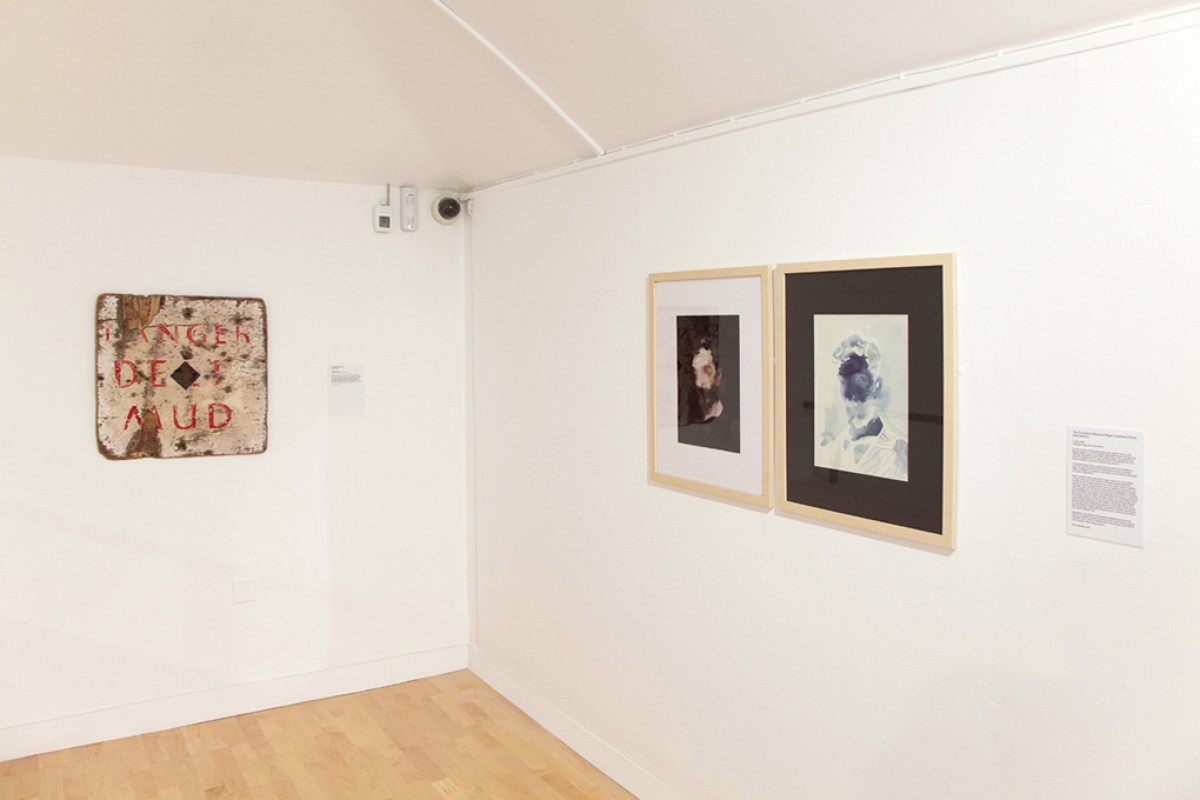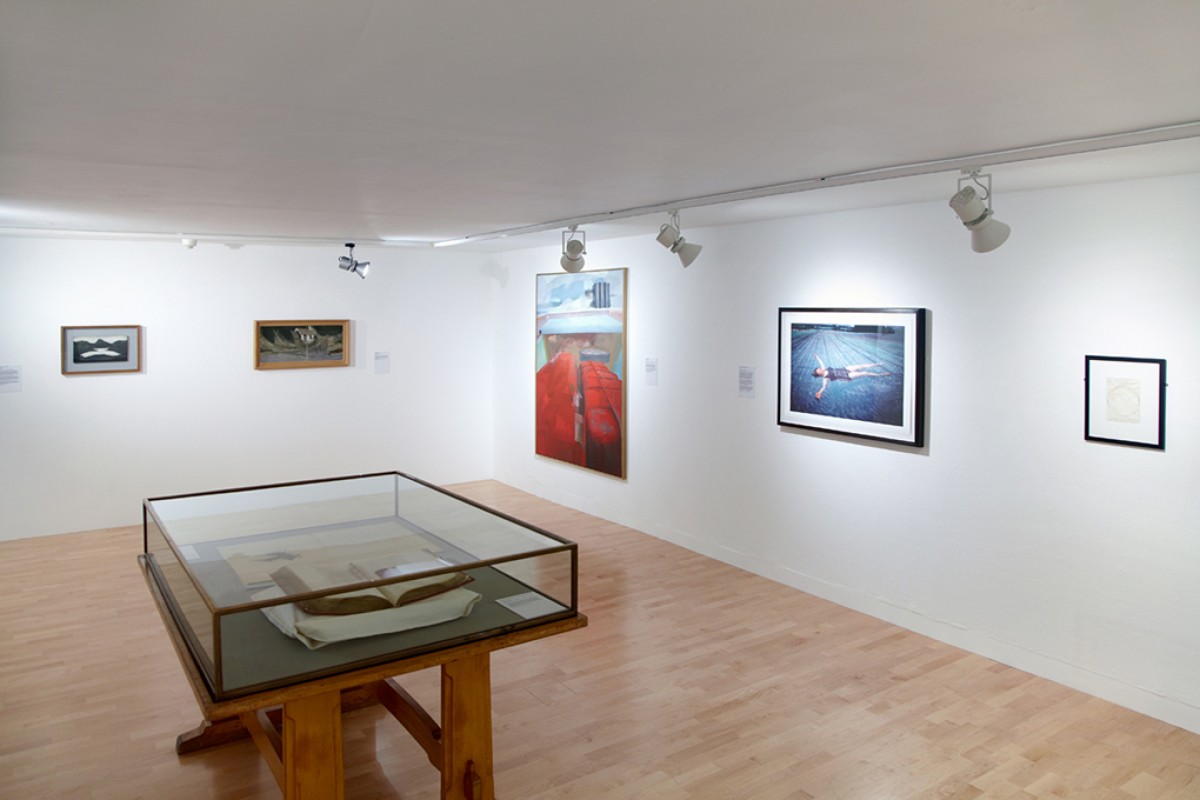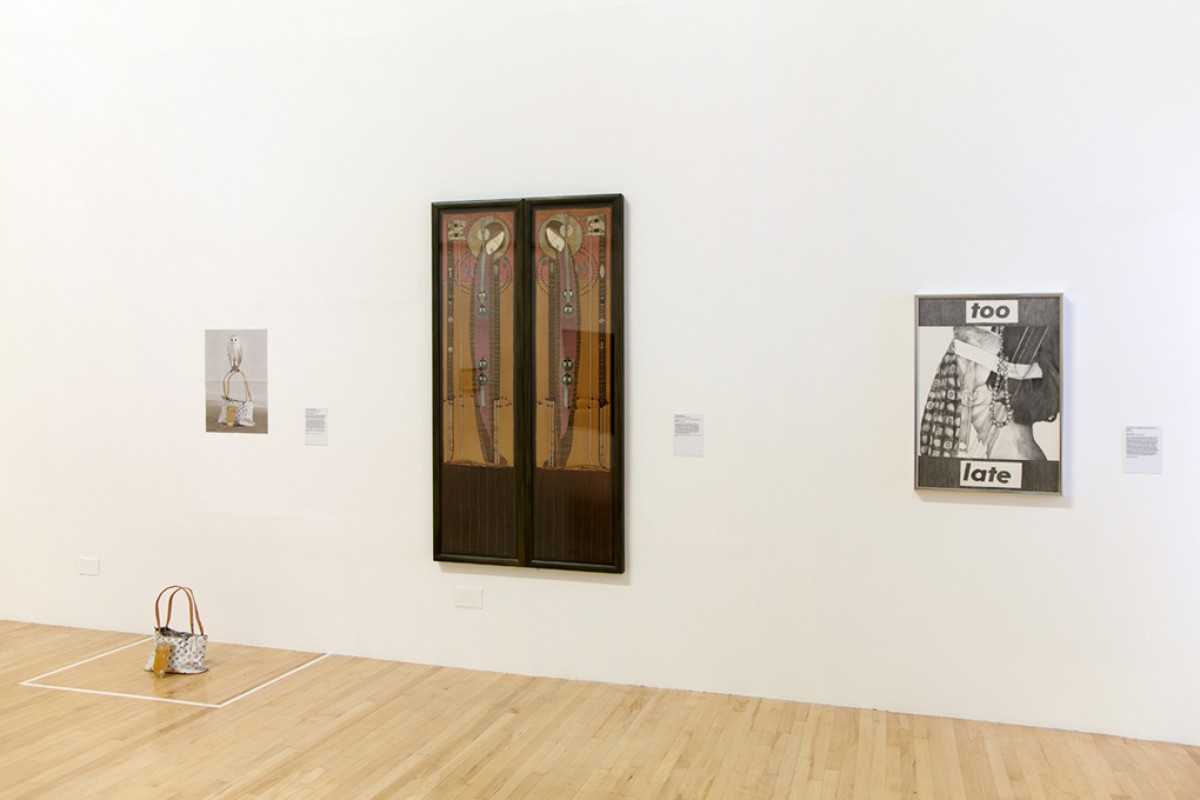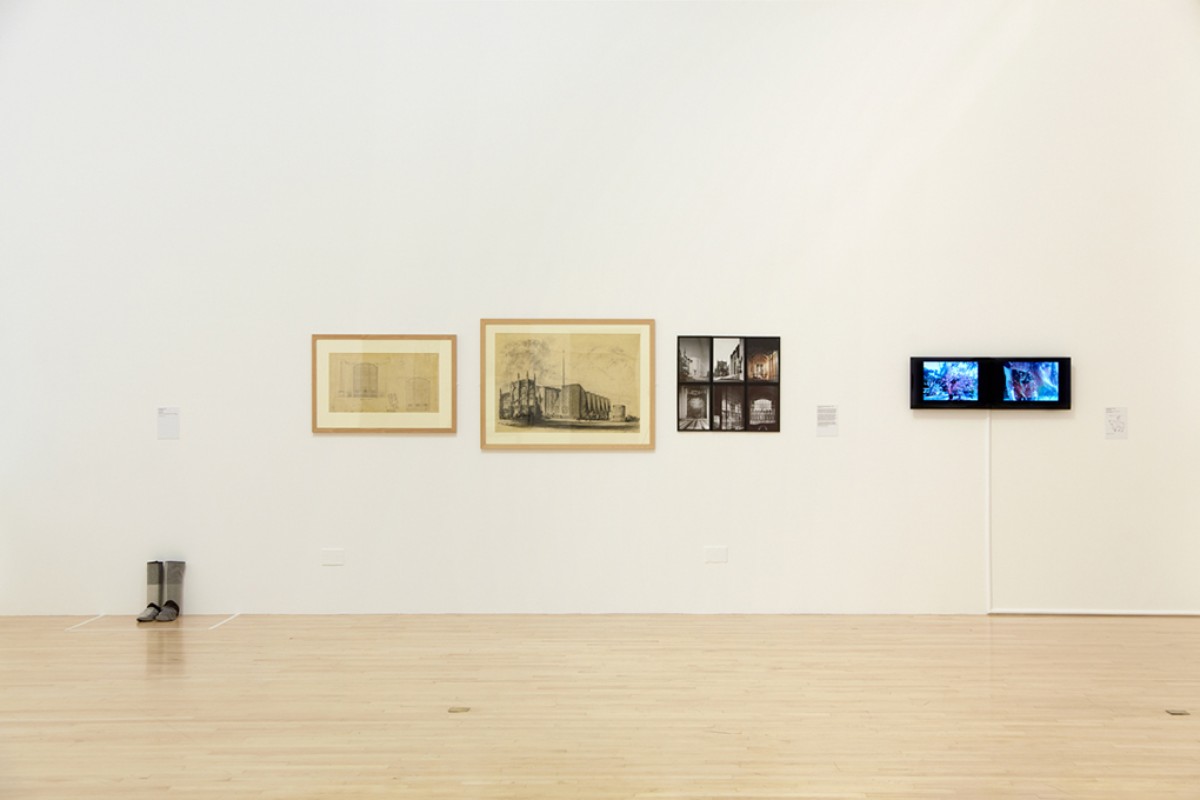Beholder
-

In 2011 the University of Edinburgh celebrates the tercentenary of David Hume. In this context Talbot Rice Gallery puts beauty in the frame with 'Beholder,' an exhibition exploring taste and subjectivity in the visual arts. The premise is simple: we are inviting artists, individuals and organisations across Scotland to nominate a work of art they consider to be beautiful. The works will be displayed in the gallery space, setting up dynamic visual dialogues to form a contemporary portrait of beauty.
Surveying the works nominated for the exhibition, it is difficult to see anything that represents beauty in a purely classical sense; there are no ‘perfectly’ proportioned bodies or mythical scenes, at least not in an uncomplicated way. The assembled works reflect both careful consideration and personal preference, in some cases commitments to complex ideas and in other cases a direct affinity with an image or theme. Talbot Rice Gallery is aiming not only to showcase the tastes and ideas of people who have an influence over what we see in art galleries and how we see it, across Scotland and beyond, but is asking everyone to get involved. If beauty proves to have no fixed or stable form, its integrity may be based upon the fact that it brings people together to openly discuss values and ideas.
Exhibition Guide
Published on the occasion of 'Beholder' at Talbot Rice Gallery, The University of Edinburgh.
Texts are available to view below or download.
Beholder is a thematic exhibition exploring contemporary opinion on beauty. Pat Fisher, Principal Curator, explains in the following interview the concepts underlying the project and her personal and professional response to the works nominated and exhibited throughout the gallery.
Where did the idea for Beholder originally come from?
I have been thinking for some time about the responsibility that the gallery sector has for making decisions about what the public see and how decisions are informed, including an awareness of current practice, trends in culture and affinity to audiences. I then linked this thinking to conversations with university colleagues about the 2011 tercentenary of the birth of David Hume.
Given Hume’s writing on the subject I thought it would be prescient to create an exhibition contributing to a dialogue about beauty. Hume’s analysis of taste and its association to morality and humanism informed my thinking, but only as a starting point. Revisiting Hume’s ideas, the slightly terrifying model of taking myself out of the frame and instead approaching colleagues across the museum and gallery sector, including artists, to nominate a work of art that they considered to be beautiful presented itself.
How have you found passing over content of an exhibition to other people?
I have found it challenging at times, but as my thinking developed it became a necessary element of the project. I have also found it exciting and expansive.
What do you think makes Beholder different as an exhibition?
An exhibition that aims to chart the choices of the art sector while also fostering public option is, I guess, quite unusual. It is also notable within this exhibition that there are items that span over 500 years.
Given that the theme of the exhibition is beauty, have there been any great surprises in the things that people have nominated?
I have been delighted by the generosity of my colleagues in making time to be involved in the project.
There are no obvious choices in the selection, what I would describe as ‘hero’ works of art. There is a quiet humility about many of the things that have been nominated. This may reflect the times we live in, politically, socially and economically. There are many 21st century works in the exhibition; I thought there would have been more historic works selected.
We need to consider practical details however. Had someone nominated a very large marble, The Three Graces for example, it would have been physically and economically impossible for Talbot Rice Gallery to display. I’m sure the nominators were sensitive to that.
Is Beholder a one off exhibition or do you think it reflects something about the broader direction the Talbot Rice Gallery is taking?
Due to the immediate and generative way this exhibition has been realised it could be argued it is a one off. However, what has been life enhancing about the project has been the responsiveness of colleagues across Scotland and, in fact, across the UK and beyond. Partnership and collaboration have been a critical part of this project and these elements continue to be a factor in the Talbot Rice Gallery programme.
What work of art would you have chosen for this exhibition?
I have a research interest in a 20th century Italian artist Gino De Dominicis, I did hope I could secure a loan, but it proved impossible.
Would you say the exhibition comes close to your own personal idea of beauty? Is it close to the original conception you had of the Beholder project?
Imagining the exhibition a year or so ago, I thought there would be more images that clashed. Hanging the works there is quite a harmony of how they look together. Certainly there are some stunning works of art in the exhibition that definitely score on my beauty counter.
What do you think it is that makes beauty such an interesting point of discussion today?
Because we need it so much! The notion of beauty is related to a host of broad cultural values, values we need to an increasing extent. We need culture in every form to remind us of our humanity in the difficult world we live in.
Culture has always strived towards beauty. In Of the Standard of Taste (1757) Hume talks about certain qualities that are, arguably, intrinsic to beauty, particularly balance and harmony. These are qualities that we often talk about as a necessity for a civilised life. Beauty is a human need, a human need that’s like breathing.












